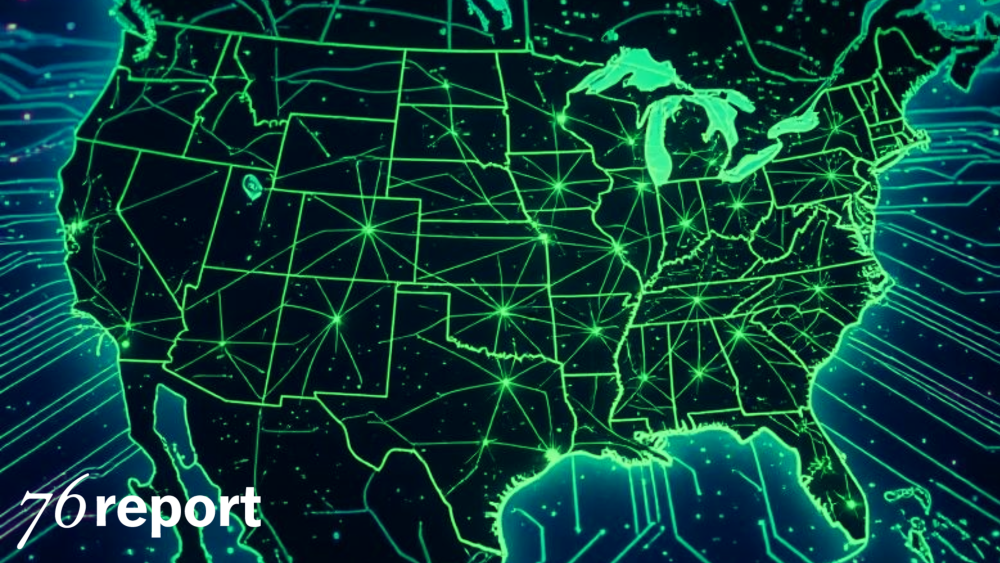TSM’s American roots
A position within our American Resilience Model Portfolio, NVDA is a stock we have written about extensively, including, most recently, Implications of OpenAI/NVIDIA Mega Deal.
NVDA is the driving force behind the AI revolution. It is a business that one needs to understand well if one truly wants to understand what is happening within the economy as a whole.
NVDA has not been alone in this endeavor, however. NVDA designs its extremely complex chips, but it does not actually make them. For this, it relies primarily on TSM, a Taiwanese company with deep American roots.
TSM was founded in 1987 by Morris Chang, who is revered as the father of Taiwan’s semiconductor industry. (It is worth mentioning, and perhaps more than a coincidence, that Jensen Huang himself is from Taiwan and emigrated to the United States with his family in 1973 at the age of nine.)
Born in 1931 in Ningbo, China, Chang fled to Hong Kong, then a British colony, during the Chinese Civil War as the Communists came to power. He later studied in the United States, earning a Bachelor’s degree in Mechanical Engineering from MIT and a Ph.D. in Electrical Engineering from Stanford.
Chang spent 25 years at Texas Instruments (TXN), rising to senior management before being recruited by Taiwan’s government in the 1980s to help build its technology industry. In 1987, he founded TSM, pioneering the “pure-play foundry” model, where a company manufactures chips for others rather than designing its own.
The foundry model reshaped the global semiconductor industry and enabled the rise of “fabless” giants like Apple, NVIDIA, and Qualcomm. These companies dreamt up the designs, while Chang’s TSM made them a reality.
By specializing only on chip production, TSM achieved a degree of technological superiority that is now basically unchallenged. TSM has approximately 90% share of the advanced chip manufacturing market.
The semiconductor industry was invented in the United States. Thanks to the support of American tech companies and the American government over the decades, that industry has blossomed in Taiwan, propelling both Taiwanese and American tech businesses to new heights.
NVDA’s success would never have been possible without TSM and the vast ecosystem of suppliers within Taiwan that support the chip industry.
Now, through the partnership between NVDA and TSM, and with some strong encouragement by the American government, the knowledge forged across continents is converging again—this time on American soil.
TSM was formed decades ago as an act of resilience and self-determination. Taiwan needed an engine of economic growth that might allow the small island nation to keep its independence from China. The U.S. facilitated this.
It is only fitting that TSM is now helping the United States secure its own economic independence in a precariously interconnected and rapidly changing world….
To continue reading Building the Future Within Our Own Borders, subscribe now to the 76report.
Click HERE to begin your subscription for as low as $1 per month with promo code DOLLAR.





